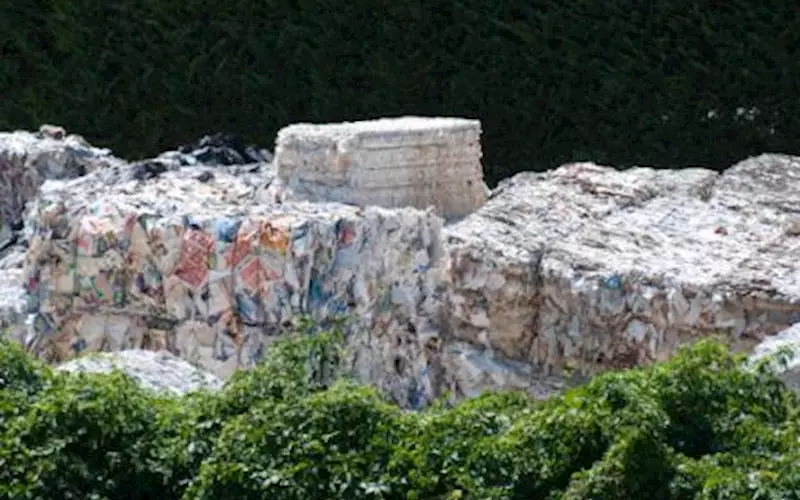On 3 February 2016, a fire broke out at the Deonar dumping ground in Mumbai. The impact was felt by the 4,500 people who work as waste collectors and one lakh people who live in the vicinity and breathe the contaminated air.
Priya Raju of PrintWeek India who travels on the route said, "The waste on the ground is about five storeys high. And all this was ignored until smoke from the fire engulfed the area. The smog in the air which was unprecedented caused respiratory ailments and malaise."
This brings us to the question of garbage disposal and waste management in the city.

Prafulla Sathe, general manager technical support, CTP systems at TechNova Imaging Systems, said, “Being a plate and chemical manufacturing company, our paper waste is negligible. However, the little waste which is there, it is picked up by scrap merchants, sorted out into different grades and then sent to paper mills to be converted into pulp. Some of the paper waste is used for packing the material and for making paper bags. All the waste material from the plate manufacturing process is sent back to the aluminium smelting factories to be used as commercial grade aluminium. Some inorganic chemicals (based on aluminium) are also made from such scrapped materials.”
He added, “All the material is classified into hazardous and non-hazardous. The non-hazardous materials consist of paper and metal; it is subjected to segregation and is reused and recycled depending on the condition. The hazardous materials are handled with the guidelines mentioned by the Pollution Control Board for safe disposal. There are authorised vendors, by the board to handle such waste, who dispose of the materials through incineration or in a secured landfill.”

“A similar process for waste management is recommended for printers. However, practice and process will differ from printer to printer, depending on location and scale of operations,” he concluded.
Talking about the paper waste, Sandip Thanawala of Neat Graphics, said, “In case there are leftover papers, we use it for internal material movements.”
Angad Shetty, director, Kohinoor Printers, said, “The waste paper at our unit is segregated into two categories - with lamination and without lamination - bailed and kept for the local scrap collectors to collect and recycle it. The same procedure is applied for plates as well.”
The paper industry produces a majority of the paper pulp by recycling waste paper, pulping agricultural residues like wheat straw, paddy straw and sugarcane bagasse. In India, about 46% of the paper is produced by usage of waste paper – through the process of recycling. Around 22% of the paper is produced using agricultural residues like wheat straw, paddy straw and bagasse. Only 32% of the Indian paper Industry uses wood as the raw material for manufacturing paper.
The Deonar dumping ground will soon be 90-year old and the waste which bundles it is about 15 metres high. At a time when there is a lot of rhetoric about smart cities and smart India, it is time to take a smart look at the ground reality.
 Prafulla Sathe, general manager technical support, CTP systems at TechNova Imaging Systems, said, “Being a plate and chemical manufacturing company, our paper waste is negligible. However, the little waste which is there, it is picked up by scrap merchants, sorted out into different grades and then sent to paper mills to be converted into pulp. Some of the paper waste is used for packing the material and for making paper bags. All the waste material from the plate manufacturing process is sent back to the aluminium smelting factories to be used as commercial grade aluminium. Some inorganic chemicals (based on aluminium) are also made from such scrapped materials.”
Prafulla Sathe, general manager technical support, CTP systems at TechNova Imaging Systems, said, “Being a plate and chemical manufacturing company, our paper waste is negligible. However, the little waste which is there, it is picked up by scrap merchants, sorted out into different grades and then sent to paper mills to be converted into pulp. Some of the paper waste is used for packing the material and for making paper bags. All the waste material from the plate manufacturing process is sent back to the aluminium smelting factories to be used as commercial grade aluminium. Some inorganic chemicals (based on aluminium) are also made from such scrapped materials.” “A similar process for waste management is recommended for printers. However, practice and process will differ from printer to printer, depending on location and scale of operations,” he concluded.
“A similar process for waste management is recommended for printers. However, practice and process will differ from printer to printer, depending on location and scale of operations,” he concluded.













 See All
See All